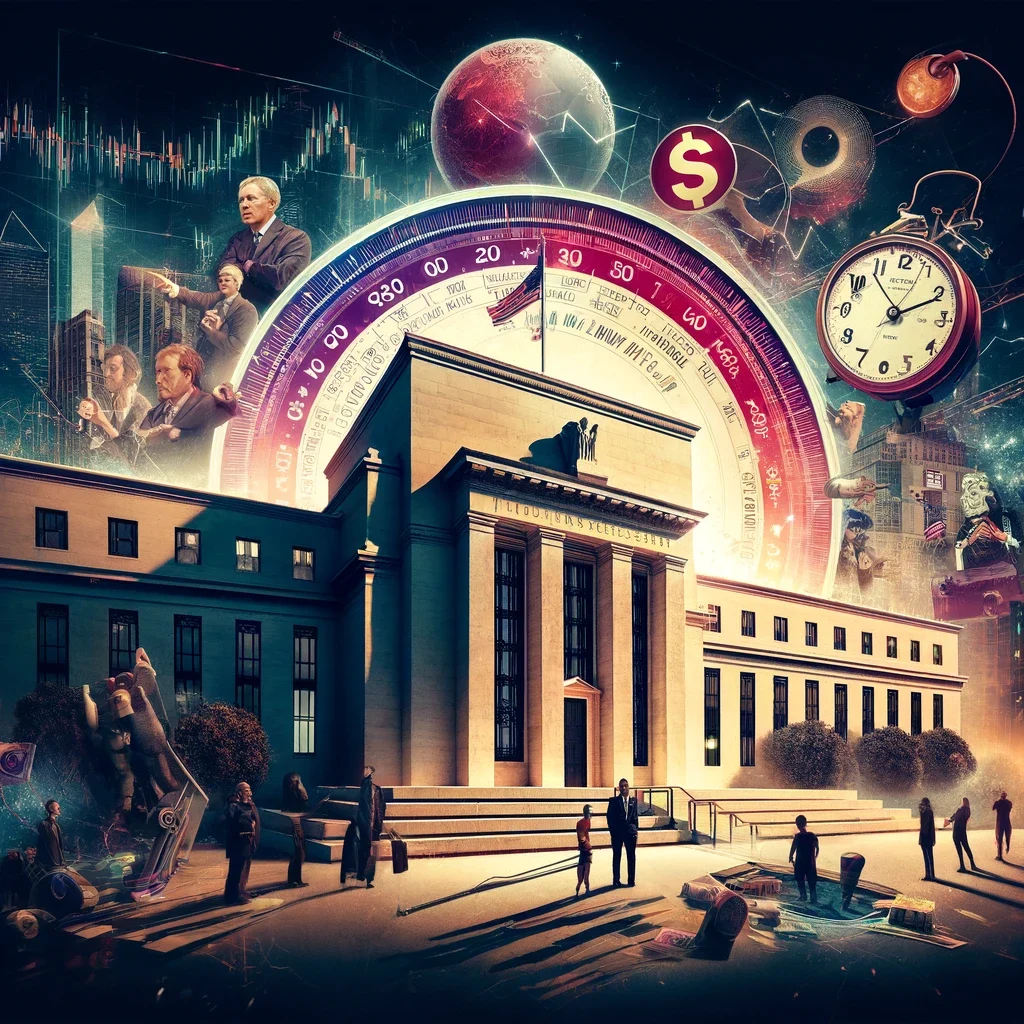Geopolitical tensions are casting a dark cloud over the international financial framework. As tensions rise, the Federal Reserve has flagged concerns about potential spillbacks on the global markets, which, if ignored, could threaten worldwide financial stability.
The Global Landscape Amidst Geopolitical Tensions
The ever-present conflict in the Middle East combined with the intensifying situation in Ukraine is rattling global confidence. There’s growing anxiety about how these events could interrupt supply chains, halt production, and magnify inflation across the globe.
Such disruptions, even if temporary, can have lasting impacts on economic vigor and momentum. Adding salt to the wound, the Fed emphasized the possibilities of a risk-aversion stance in the financial sector, leading to a slump in asset prices.
This could spell trouble for businesses and investors worldwide, with the U.S. being no exception.
Recent developments in Tel Aviv underscore this fragility. As the city prepares its defenses following an assault by Hamas militants, the geopolitical chessboard becomes ever more intricate and volatile.
Financial Ripples and The Road Ahead
Against this backdrop, Jay Powell, the chair of the Fed, echoed the sentiments of caution, pointing to the highly unpredictable repercussions of these geopolitical crises.
Additionally, the global borrowing landscape has undergone seismic shifts. Rapid adjustments in financial markets now anticipate that the robust U.S. economy will necessitate the Fed to maintain a high policy rate for a considerable duration.
The national ledger also reveals some alarming figures: a surge in the federal deficit from $1.37tn in 2022 to a staggering $1.7tn.
These economic indicators don’t paint a rosy picture. Global borrowing costs have skyrocketed, with the benchmark 10-year bond nearing 5% – a figure not witnessed since 2007. Furthermore, the two-year yields are touching a 17-year pinnacle.
The overall liquidity in the Treasury market is also showing signs of strain, highlighting a cautious approach by market players.
While many businesses and households have managed to navigate the increased interest rates, certain high-risk borrowers are now under the pump, grappling with mounting pressures.
The abrupt and significant escalation in interest rates has already raised eyebrows, inciting concerns of potential financial turbulence. The International Monetary Fund (IMF) also sounded the alarm about an augmented risk of a looming economic fallout.
To add fuel to the fire, a persistent inflationary environment might force central banks to push the rate dial even higher. This scenario could usher in a whirlwind of market turmoil and a substantial economic deceleration, especially if credit becomes a scarce resource.
Such a downturn might heavily impact sectors like commercial real estate, leading to substantial losses for financial entities with significant exposures.
Top banking officials are not taking these forecasts lightly. JPMorgan Chase’s Jamie Dimon candidly described the current global situation as potentially “the most treacherous in several decades.”
His sentiments reflect the overarching challenges that geopolitical dynamics present to the world economy. While banks have managed to maintain their footing, even as the Fed initiated its inflation-combatting interest rate hikes, Goldman Sachs’ David Solomon predicts a clearer manifestation of tightening impacts in upcoming quarters.
As the world watches these geopolitical dominoes teeter, the stakes are incredibly high. The Fed’s warning is clear: the intertwining of geopolitics and the global economy is not to be underestimated. It’s a game of high risks and potentially even higher consequences.





